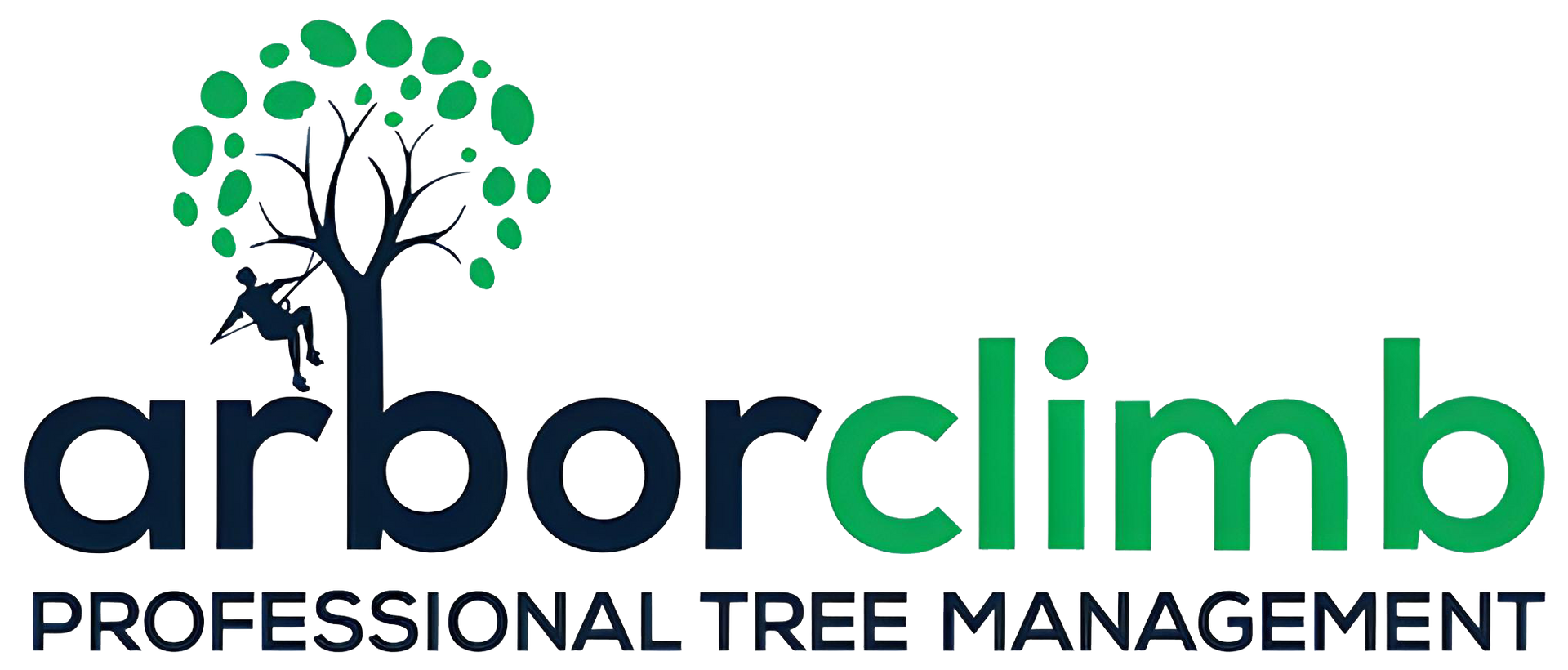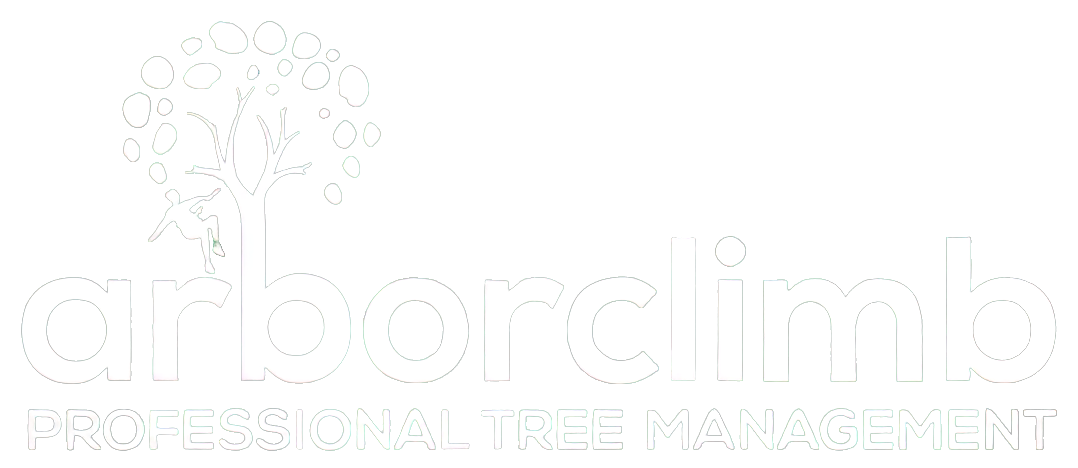While arborist reports are beneficial to an individual in regard to property assessment as well as the health and well-being of the trees themselves, they are also usually required by the city or county.
Community requirements vary, but tree protection is often considered during land development, and arborist reports are required in order to make sure that the local ecological environment won’t be poorly affected by tree removal or limb trimming.
It’s important to know what type of arborist report you need to file with your city or local council to save time and money when considering changes to your property. The following are common arborist reports:
Tree Inventory Report: Tree inventory reports are typically used for surveys. They identify the species of trees found on the site with particular attention to protected trees. Trees are assigned identifying numbers, and the report also includes the size and condition of the trees.
Tree Assessment Report: These reports are often required by the city or local council before a protected tree can be trimmed or removed. The report includes species, size and health.
Tree Valuation Report:
Insurance companies and attorneys use these reports when trees have been damaged or removed without appropriate consent. They are also required when construction is being considered in a protected environment. The report gives an estimate of the monetary value of the tree in question.
Tree Preservation Report:
These reports are required by the city or local council for sustainability reports compiled for preservation on construction or development sites. This is a comprehensive report that includes tree inventories as well as an assessment of the health and environment of the trees.









